On the 18th May we are celebrating World Whisky Day!
When you think about Scotland, one of the first things that comes to mind is of course whisky. Named uisge beatha in Gaelic which translats to the 'water of life', not only is whisky Scotland's national drink but it has a rich and interesting history too! But how exactly did whisky come to be Scotland's national drink?
King James IV of Scots is remembered for many things. He was the last Scottish monarch to speak Gaelic, he married an English princess thus, 100 years later, uniting the two thrones, and he fought, and lost, in one of the biggest battles in Scotland’s history, the battle of Flodden Field. One thing that is, however, oft forgotten about this Stewart King is his contribution to Scotland’s national drink.
James IV was born on the 17th of March 1473 at Stirling Castle, the eldest of three sons born to King James III of Scots and his wife Margaret of Denmark. James was recognized from an early age as being the heir to his father’s throne and was invested with the title Duke of Rothesay, the Scottish equivalent of the Prince of Wales, shortly after his birth. By the time James was 14, however, things had started to take a turn for the worse. His father had begun pushing him out of government and focusing more on the education of his younger brother, the earl of Ross. This led James to join a rebellion against his father in 1488 that subsequently led to the death of King James III and the ascension of James IV at the age of only 14.
James was a King unlike his predecessors; he was a man who enjoyed learning and is recorded as speaking English, Gaelic, Scots, French, Latin, German, Italian and Spanish. As well as language, the King was fascinated by scientific pursuits, taking a keen interest in the science of alchemy, where it was believed that base metals could be turned into gold. James and his alchemist John Damian believed that one of the key ingredients in the alchemical process was a volatile distilled substance, known to the King as Aqua Vitae, the water of life.
James is first recorded as ordering this spirit from a friar John Cor, based at Lindores Abbey, in the rolls of the exchequer 1494/1495. The King was reported to have ordered eight bolls of malt to be given to the Friar ‘wherewith to make aqua vitae’. This record is the first known reference of the distillation of a spirit that the Gaelic speakers in James’ Kingdom would call Uisge Beatha and we would now call Scotch Whisky.
The court records from James’ reign record several different purposes for this distilled spirit, some of which we would recognize today. As well as believing it to be a vital ingredient in the alchemical process, James also valued its use a weapon of war. The King, like his Grandfather James II, had a great love of cannons and used them in his numerous incursions into English territory. Gunpowder at this time was still a relatively new invention to the Scots and something that was being regularly experimented with by the Royal Gunners stationed at Edinburgh Castle. This included the addition of this new spirit into the creation process, with the exchequer rolls of 1506 recording ‘ane gallon aqua vite’ sent to the castle gunners.
In 1505 James made this spirit production slightly more official by granting the Guild of Surgeon Barbers within the city of Edinburgh the exclusive monopoly on spirit distillation. Taking advantage of this new increase in spirit distillation, James is recorded as ordering, that same year, ‘ane flacat (flask) of aqua vite delivered to the king’ for ‘the King to play at cartis (cards)’. This final purpose is perhaps something we would see as a more recognizable use for the spirit we now call whisky, sitting around with some friends, enjoying a whisky over a game of cards.
Unfortunately, James did not get to enjoy his whisky for too long. In 1513, as part of the Auld Alliance, a treaty that Scotland had signed with the French, James led his army into England in response to his brother in law, Henry VIII, attacking the French and was soundly defeated at Flodden Field. Nearly half of James’ almost 40,000 troops and up to one-third of the Scottish nobility met their end at this disastrous battle which also saw the death of the King himself. James’ death grants him a record that he most likely would not have wanted, as he was the last King anywhere in the British Isles to die in battle, leaving behind his 16-month-old son King James V.
The life of King James IV was cut tragically short, at the age of 40 on the 9th of September 1513. At the time of his death Scotland was flourishing as a modern European nation with a strong, intelligent monarch but now would face the instability of a minority government around an infant King. James’ contribution to the whisky industry is now largely forgotten but is one that should definitely be honoured, perhaps by raising a toast to the King and what better day to do it then on World Whisky Day!
Want to know more? Come and join us for our Tour and Whisky Tasting on Saturdays and Sundays at 4pm!



